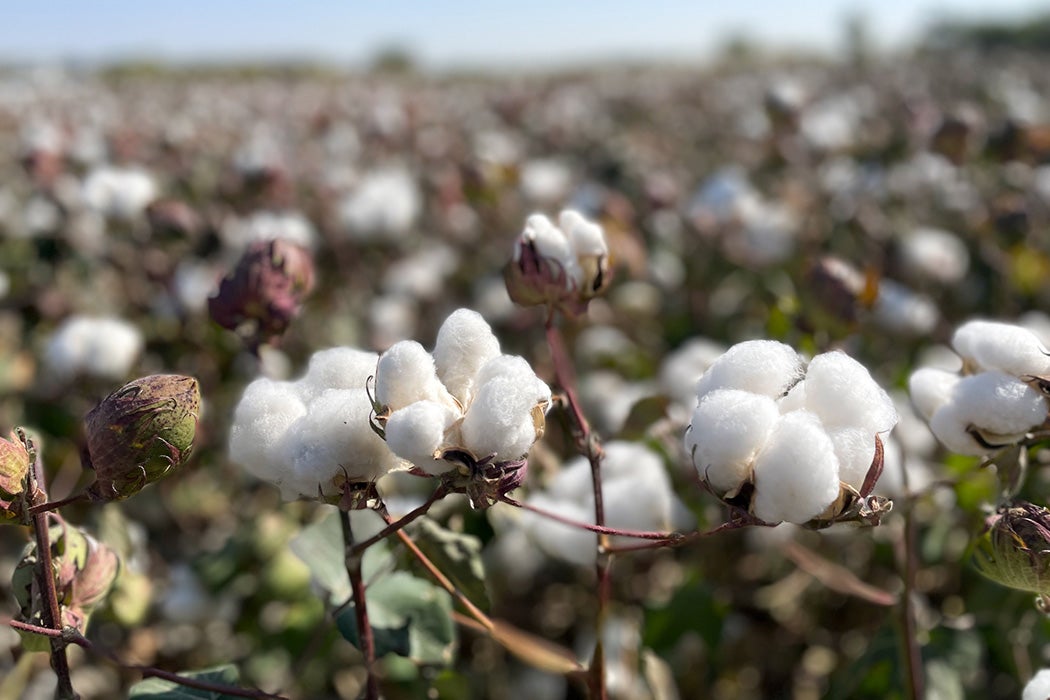In 2014, historian Sven Beckert’s book Empire of Cotton proposed a unique way of looking at the origins of capitalism, through a single, enormously important commodity. In a keynote address published by the Journal of World History as part of a special package on the book, Beckert explained why he approached the topic the way he did. He notes that the global importance of cotton for the 900 years, from 1000 to 1900 CE, is almost unimaginable to Americans today. Prior to the Industrial Revolution, the growing, spinning, and weaving of cotton was a major economic activity everywhere from Central America to China. And, in the nineteenth century, cotton drove innovation and economic change around the world.
“In the United States, raw cotton exports established the young nation’s place in the global economy,” Beckert writes. “In Mexico, Egypt, India, and Brazil, the first tentative steps toward industrialization were taken, all of them in cotton.”
For Beckert, the focus on a commodity provides an empirical basis for understanding the emergence of capitalism in a historically grounded way. He writes that popular explanations for how the economic system functions are often left to economists, who “have an unfortunate tendency to naturalize certain economic arrangements and to search for the laws that explain them, often with allegedly mathematical precision.”
At the same time, Beckert’s approach breaks with a common tendency in historical writing of focusing on specific geographical areas in isolation. This had led to many studies of the emergence of capitalism that begin and end in Europe, centering phenomena like the British Industrial Revolution. One of Beckert’s key points is that the emerging capitalist cotton industry tied together Indian and Chinese technologies, African labor, European capital, and stolen American land. It also involved both cities and rural areas. Just as a commodity approach helps avoid Eurocentrism, it also prevents economic history from assuming that everything interesting happens in cities.
A unified story of cotton and capitalism also brings together different social, economic, and governmental institutions. Here, chattel slavery in the US South, wage labor in the mills of England, and colonial exploitation in India are all part of an integrated system. And, in contrast to stories about economics that view state power and capitalism as opposing forces, this account emphasizes the role of governments in shaping economic systems. For example, Britain’s colonial exploits and bans on the exportation of machinery helped secure its manufacturers’ dominance in certain parts of the textile business.
Weekly Newsletter
In the US, the most discussed aspect of Empire of Cotton is probably the role of American slavery in the emergence of capitalism. True to his empirical focus, Beckert notes the crucial part that the violent, government-enforced exploitation of enslaved Africans played in economic transformation without agreeing with some writers’ claims that slavery was a necessity for the emergence of industrial capitalism.
“We cannot know if slavery was the only possible way into the modern industrial world,” he writes. “But we do know that it was the path that was taken.”







